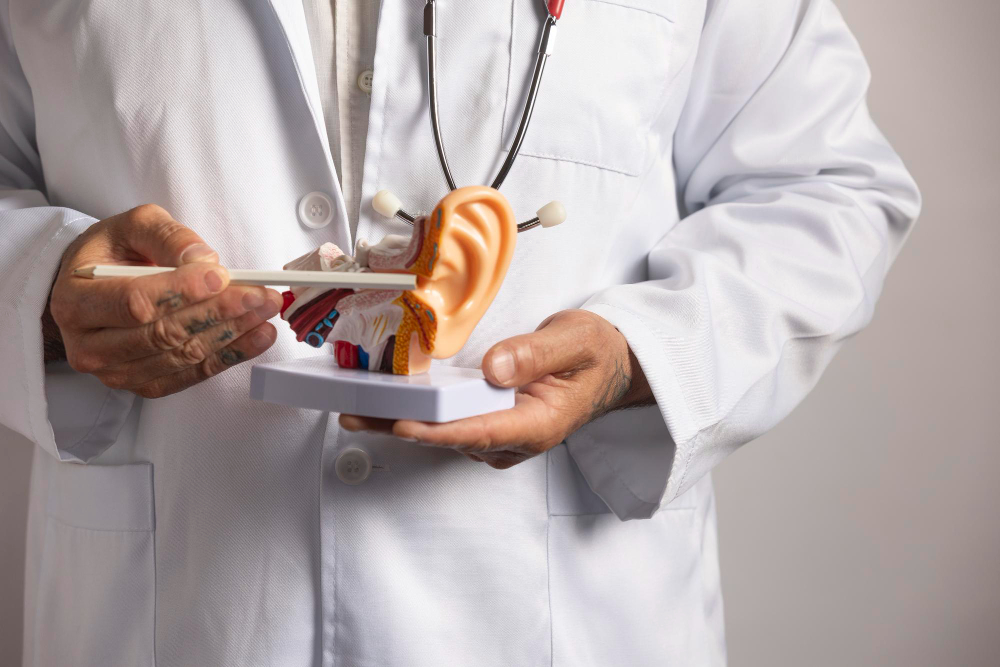What Is Tympanoplasty?
Tympanoplasty is a surgery to repair a hole or tear in the ear drum. Doctors also call it ear drum repair surgery. This procedure helps restore hearing and prevents repeated ear infections. Often, tympanoplasty is needed when the ear drum does not heal on its own. The main goal is to improve hearing and protect the middle ear from infections.
Common Symptoms and Causes Leading to Tympanoplasty
Many people need tympanoplasty because of a damaged ear drum. Usually, this damage comes from:
Common symptoms include:
Because these symptoms can affect daily life, it is important to seek medical help early.
How Tympanoplasty Is Diagnosed and When It Is Recommended
Doctors diagnose ear drum problems using a special light called an otoscope. Sometimes, they may order a hearing test or imaging scan. If the ear drum does not heal after a few months, or if infections keep coming back, tympanoplasty may be recommended. In some cases, doctors suggest surgery if hearing loss is severe or if there is a risk of long-term damage.
The Tympanoplasty Procedure: Steps and What to Expect
Before surgery, your doctor will explain the steps and answer your questions. On the day of surgery, you will receive anesthesia so you do not feel pain. The main steps include:
Most tympanoplasty surgeries take one to two hours. You can usually go home the same day.
Recovery Process and Aftercare Tips
Tympanoplasty recovery time varies, but most people feel better within a few weeks. However, full healing may take up to two months. During recovery, you should:
Because proper care helps prevent problems, always ask your doctor if you have concerns.
Possible Risks and Complications
Like any surgery, tympanoplasty has some risks. Although most people recover well, possible complications include:
Because these risks are rare, most patients have a safe recovery. Still, contact your doctor if you notice pain, fever, or drainage from the ear.
Expected Outcomes and Success Rates
Tympanoplasty has a high success rate. According to the World Health Organization, most people see hearing improvement after tympanoplasty. In fact, over 80% of ear drum repairs heal well. Many patients notice better hearing and fewer infections. However, results may vary based on age, health, and the cause of the ear problem.
Prevention Tips for Ear Injuries and Infections
Because prevention is better than cure, you can protect your ears by:
With these steps, you can lower your risk of ear drum damage and future surgeries.
Conclusion
Tympanoplasty is a safe and effective way to repair the ear drum. It helps restore hearing and prevents infections. If you have ear problems or need ear drum repair surgery, consult an ENT specialist for personalized advice on tympanoplasty.

